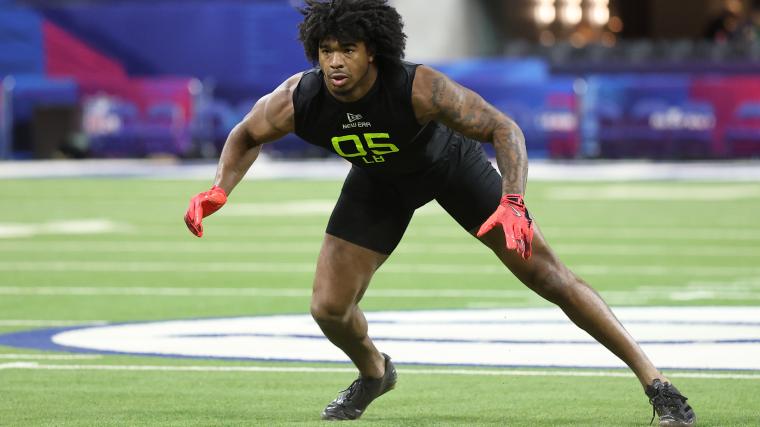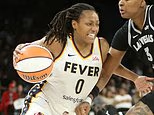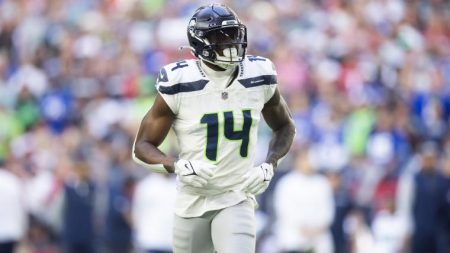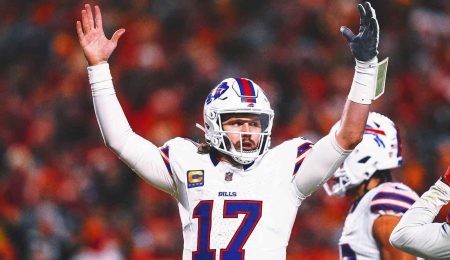NFL Combine 2025: A New Challenge in Indianapolis
The NFL Combine is currently in full swing in Indianapolis, with the 2025 NFL Draft prospects impressing teams with their performances. However, this year’s event has introduced a new variable that could impact the players’ showing on the field: a change in the turf at Lucas Oil Stadium. The field no longer features the familiar rubber pellets, which have been replaced by a more environmentally friendly infill. This alteration has sparked discussions among analysts and fans, as it could affect the way players perform during the crucial drills and tests.
Understanding the Turf Change
According to Adam Chernoff at FootballBettors.com, the new pellets are called Geo CoolFill Plus and are made from coconut husk and cork, designed to mimic real soil. This change is primarily aimed at environmental sustainability, reflecting a broader trend in sports to reduce the environmental footprint. While the intention is noble, the new infill has different properties compared to the traditional rubber pellets. These new pellets compress under footstrike, absorbing more energy and potentially slowing down players’ acceleration. The reduced bounce could make the turf feel less springy, which is a significant departure from what players are accustomed to.
The Impact on Performance
The times recorded at this year’s combine could be slightly slower than those from previous years. For most draft prospects, the turf change is unlikely to significantly alter their overall evaluation. However, for those aiming to break combine records, the new surface could pose an additional challenge. The slower and more compressive nature of the turf means that players might need to adjust their running techniques and ensure they have a secure footing, especially during agility drills. The wave drill, in particular, has seen a notable increase in slipping incidents, with clips of players like Donovan Ezeiruaku and Joshua Farmer going viral on social media.
Adjusting to the New Turf
As positions that rely heavily on speed and agility, such as wide receivers, defensive backs, and running backs, take their turns on the field, the importance of proper footing becomes even more evident. Players will need to be extra cautious and adapt their movements to account for the less responsive surface. Coaches and scouts will have to take this factor into consideration when evaluating performance, ensuring that they do not penalize players for issues beyond their control. The NFL and the stadium management will also need to monitor feedback from the participants and make any necessary adjustments to ensure fair and accurate assessments.
Historical Comparisons and Future Implications
The change in turf could complicate historical comparisons of combine performances. Prospects from previous years may have set records on a surface that provided more rebound and traction, making it harder for this year’s participants to match those standards. This shift highlights the importance of context in evaluating athletic performance and could lead to a reevaluation of how combines are conducted in the future. The NFL might consider standardizing the turf across different events or providing more detailed information about the surface to avoid discrepancies in player evaluations.
A Tougher NFL Combine
Despite the challenges, the 2025 NFL Combine remains a critical event for draft prospects. The slower and more slippery track means that this could be one of the toughest combines in recent years. Players will need to demonstrate not only their physical abilities but also their adaptability and resilience. As the combine progresses, it will be interesting to see how the prospects navigate these new conditions and whether the environmental benefits of the new turf outweigh the potential drawbacks in performance. The NFL and its stakeholders will undoubtedly be watching closely to ensure that the event remains a fair and accurate showcase of talent.











